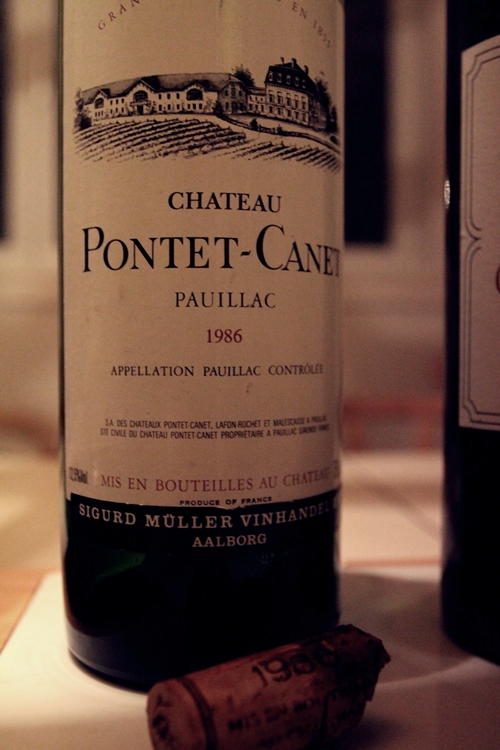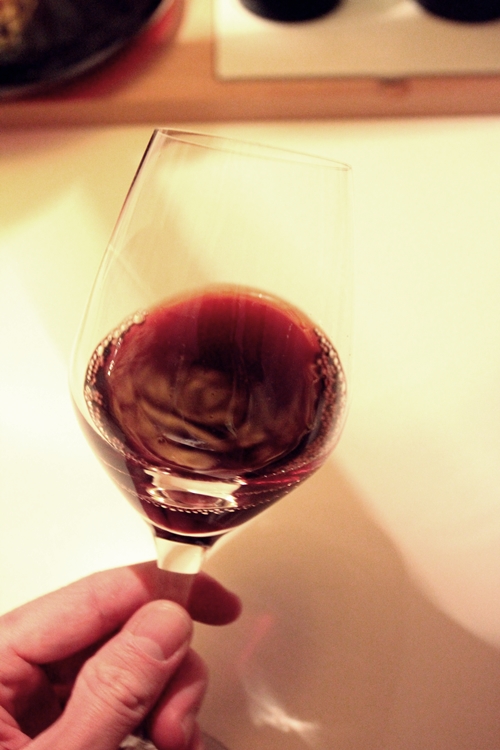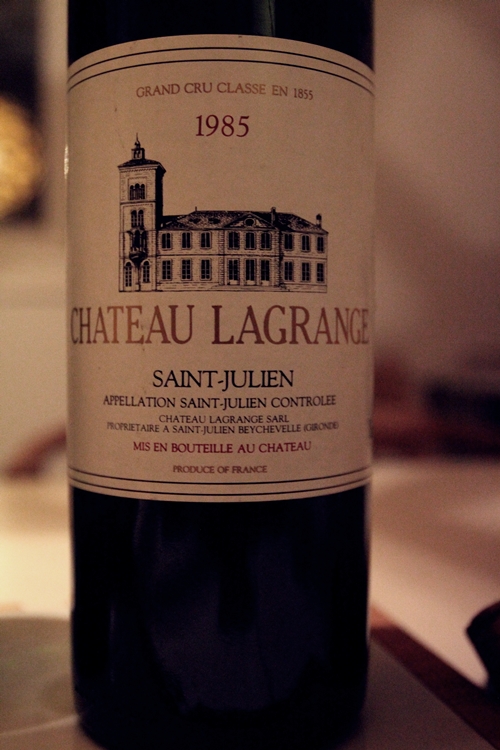
Wines from especially the classified Left Bank Bordeaux Châteaux have their exceptional ageing potential because of Cabernet Sauvignon’s tannic structure and longevity. Certain unique vintages can even last for a century and more, when stored under perfect conditions.
The ageing process in the bottle develops both the wine’s colour and its aromas. Rounding out the tannins and highlighting the more complex aromas while letting go of the fruit, until the stage of its life where the wine will slowly start to decline.

The 1986 vintage was for some Chateaux in Pauillac truly an exceptional vintage, e.g. does both the Lafite & the Mouton Rothschild from this vintage score the magical 100 points with RP.
Château Pontet-Canet’s vineyards are situated just south of Mouton Rothschild and distributed between 60% Cabernet Sauvignon, 33% Merlot, 5% Petit Verdot and 2% Cabernet Franc. Their vineyards are classified as 5ème Grand Cru Classé from the 1855 classification, yet wines can perform equivalent of a first growth in supreme vintages (as the 2009 vintage showed achieving 100 points with RP).
The grand estate with its remarkable 120 hectares has since 1975 been owned by the Cognac family Tesseron.
Opened and decanted the wine roughly 3-4 hours before it peaked. Such complex flavours and a nose dominated by tobacco, spice, cedar and just a hint of damp curtains. A very powerful and intoxicating experience.

The 86’ Pontet-Canet is an excellent example of how well the great Left Bank Bordeaux wines age.
I would not have guessed its considerable age (27 years) if I were just served a glass and did not see the sediments in the wine and stuck to the side of the bottle.
If you plan to open a mature wine in the future, I recommend investing in a two-prong cork puller instead of the classic screw pull opener. Even though being very careful the cork unfortunately broke for me, as my cork puller is still back in London.

The Saint Julien appellation is found just south of Pauillac. Traditionally divided into two areas. The southern wines tend to usually be smoother and more feminine, while the northern wines are more robust and powerful similar to the style found in Pauillac.
Château Lagrange is found in the south western part of the AOC, and the style is much more feminine than the Pontet-Canet, even though the blend is somewhat equivalent.
1985 was a great year if perhaps not as exceptional as 86’. Still 85’ is a special year for Château Lagrange, as it was the first year that they introduced their second wine, Les Fiefs de Lagrange, made of the younger vines, and now represents a significant amount of production. Also an entirely new winery was built and ready for the 1985 vintage.
Château Lagrange was purchased by the Japanese liquor giant Suntory in 1983 with Marcel Ducasse as directeur général and winemaker. Large budgets from Suntory allowed Marcel Ducasse to invest in the remake of the vineyards, winemaking equipment and techniques. These impressive investments led to a successful revival of the 3ème Grand Cru Classé classified Château.


 follow & get in touch
follow & get in touch



